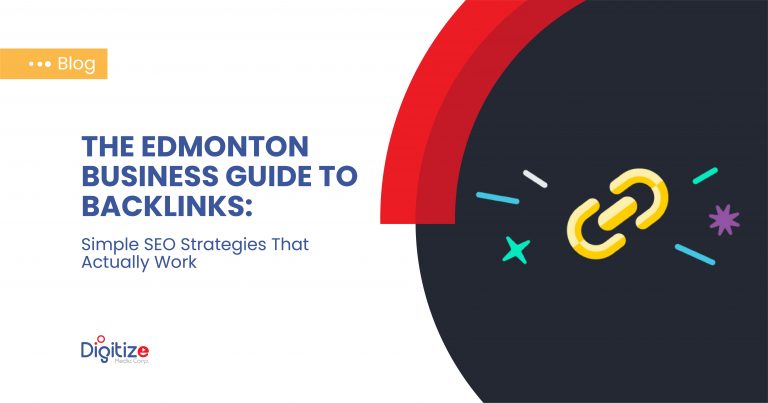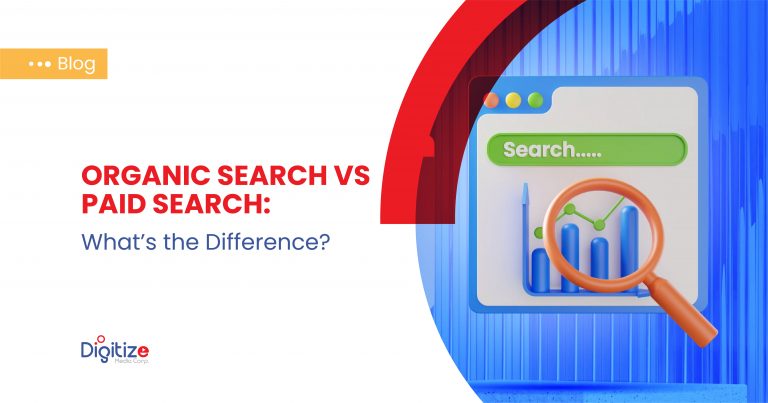In the evolving landscape of digital transformation, the integration of Internet of Things (IoT) devices with the Canada Digital Adoption Program (CDAP) is pivotal. This integration, especially in the context of CDAP Digital Advisor Edmonton, raises critical concerns around IoT security. Users seeking guidance on securing their IoT devices within CDAP will find comprehensive solutions and best practices in this article, aligning with the emerging needs of CDAP sustainability reporting and digital enhancement.
Understanding the Risks: IoT Security within CDAP
The Need for Enhanced Security Measures
The security threats related to these technologies have increased with the quick spread of IoT devices. These hazards have the potential to jeopardize the availability, confidentiality, and integrity of vital data inside the CDAP system. Understanding these risks is the first step toward implementing robust security measures.
Key Risk Factors
IoT security within the CDAP framework refers to the primary vulnerabilities and threats that need to be addressed to ensure the safety and integrity of IoT systems. These risks are particularly important to consider when IoT devices are integrated into broader digital initiatives like those guided by CDAP Digital Advisor Edmonton. Let’s break down these key risk factors:
- Unauthorized Access: This risk involves unauthorized users gaining access to IoT devices or networks. Such access could lead to data theft, manipulation of device functionality, or other malicious activities. For instance, if a hacker gains access to a network of IoT devices in a smart city project, they could potentially disrupt city services or steal sensitive information.
- Data Breaches: IoT devices often collect, process, and transmit large amounts of data, some of which can be sensitive or personal. A data breach occurs when this data is accessed, disclosed, or stolen by unauthorized individuals. This can result in privacy violations and identity theft and can damage the reputation and trustworthiness of the CDAP initiative.
- Device Hijacking: This involves attackers taking control of IoT devices without the owner’s consent. Hijacked devices can be used for a range of malicious purposes, including launching distributed denial-of-service (DDoS) attacks, infiltrating networks, or as entry points to launch further attacks within the network.
- Insecure Interfaces: Many IoT devices are managed through user interfaces, including web-based dashboards, mobile apps, or external APIs. If these interfaces are not properly secured, they can become gateways for attackers to exploit. Insecure interfaces can lead to data exposure and lack of control over devices and can compromise the overall security of the IoT ecosystem.
Best Practices for IoT Devices in CDAP Initiatives
The essential strategies and measures that should be implemented to ensure the security and integrity of Internet of Things (IoT) devices within the framework of the Canada Digital Adoption Program (CDAP). These best practices are crucial for safeguarding the data and functionality of IoT systems, especially in complex digital environments like those overseen by CDAP Digital Advisor Edmonton. Let’s delve into each of these practices:
Regular Firmware Updates:
- Purpose: To protect IoT devices from known vulnerabilities and security threats.
- Implementation: Establish a routine for checking and installing firmware updates released by device manufacturers. These updates often contain security patches that address newly discovered vulnerabilities.
Secure Network Configurations:
- Purpose: To prevent unauthorized access and ensure secure communication between IoT devices and networks.
- Implementation: Use strong, secure network protocols and tools like firewalls and virtual private networks (VPNs). Segmenting the network can also help by isolating IoT devices from critical parts of the network.
Data Encryption:
- Purpose: To protect the confidentiality and integrity of data transmitted to and from IoT devices.
- Implementation: Employ robust encryption methods for data at rest (stored data) and in transit (data being transmitted). This makes it difficult for unauthorized individuals to intercept or tamper with the data.
Rigorous Authentication Protocols:
- Purpose: To ensure that only authorized users and devices have access to IoT systems and data.
- Implementation: Implement strong authentication mechanisms such as multi-factor authentication (MFA), digital certificates, and complex password policies. This reduces the risk of unauthorized access due to weak or compromised credentials.
Continuous Monitoring:
- Purpose: To detect and respond to security incidents in real time.
- Implementation: Establish a system for continuous monitoring of IoT devices and networks. This includes the use of intrusion detection systems, regular security audits, and real-time alerts for suspicious activities.
CDAP Digital Advisor Edmonton: A Case Study in IoT Security
Explore how CDAP Digital Advisor Edmonton effectively implements IoT security measures, serving as a model for other CDAP initiatives.
Implementing Best Practices:
- Adoption of robust encryption techniques
- Regular security audits and compliance checks
Ensuring IoT Security in CDAP Frameworks
- Importance of continuous risk assessment
- Need for collaboration between tech experts and policymakers
- Emphasis on user education and awareness
Incorporating CDAP Sustainability Reporting in IoT Security
Understand how IoT security is integral to CDAP sustainability reporting, ensuring that digital transformation aligns with sustainable and secure practices.
Conclusion
Securing IoT devices within the CDAP framework, particularly for initiatives like CDAP Digital Advisor Edmonton, is not just a necessity but a responsibility. Implementing the outlined best practices will ensure a robust and secure digital environment, contributing positively to CDAP sustainability reporting.
For more in-depth guidance and personalized strategies to secure your IoT devices within the CDAP framework, connect with our expert team today. Your journey towards a secure and sustainable digital future starts here.








